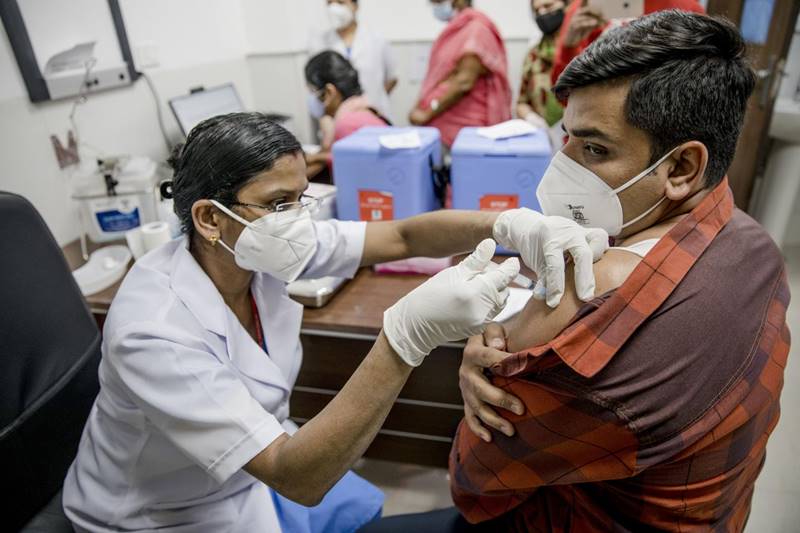COVID19: Health Ministry issues new guidelines for home isolation; night curfew imposed in Delhi
The health ministry’s revised guidelines mentioned that over the past two years, it has been seen globally as well as in India that the majority of cases are either asymptomatic or have very mild symptoms. Details here.


Number of active COVID19 cases in India reached 2,14,004 after 58,097 new cases were reported today.
Amid a surge in COVID19 cases, the central government released revised guidelines for home isolation of mild and asymptomatic patients on Wednesday. Union Ministry of Health & Family Welfare’s new guidelines mention that a home isolation patient will be discharged after seven days from positive testing.
“Patient under home isolation will stand discharged and end isolation after at least 7 days have passed from testing positive and no fever for 3 successive days and they shall continue wearing masks. There is no need for re-testing after the home isolation period is over,” stated the guidelines.
“Asymptomatic contacts of infected individuals need not undergo Covid test & monitor health in home quarantine,” it added.
The health ministry’s revised guidelines mentioned that over the past two years, it has been seen globally as well as in India that the majority of cases are either asymptomatic or have very mild symptoms.
“Such cases usually recover with minimal interventions and accordingly may be managed at home under proper medical guidance and monitoring,” it added.
Also Read: More than 90 per cent of 183 Omicron cases fully vaccinated: Govt analysis
The guidelines termed asymptomatic cases as “laboratory confirmed cases who are not experiencing any symptoms and have oxygen saturation at room air of more than 93 per cent.”
“Clinically assigned mild cases are defined as patients with upper respiratory tract symptoms with or without fever, without shortness of breath and having oxygen saturation at room air of more than 93%,” it added.
“The patient should be clinically assigned as mild/ asymptomatic case by the treating Medical Officer. Further a designated control room contact number at the district /sub district level shall be provided to the family to get suitable guidance for undertaking testing, clinical management related guidance, assignment of a hospital bed, if warranted,” said the guidelines.
Also Read: Delhi’s daily COVID19 cases surpass 4,000 mark, 81% of cases between Dec 30-31 infected with Omicron
According to the new guidelines, patients need to maintain a self-health monitoring chart that has details like date and time, temperature, heart rate, oxygen level (from pulse oximeter), feeling (better/same/worse), and breathing (better/same/worse). The district administration is expected to monitor all cases under home isolation daily.
Number of active COVID19 cases in India reached 2,14,004 after 58,097 new cases were reported today.
Meanwhile, the Delhi Disaster Management Authority (DDMA) conducted a meeting today and declared a weekend curfew in the national capital.
Also Read: Amid rising Omicron cases, India’s unemployment rate four-month high
According to the health minister Satyendar Jain, ‘the third wave of Covid-19 has set in and that Delhi is likely to report as many as 10,000 Covid-19 infections on Wednesday, the capital city’s daily positivity rate will inch closer to 10 percent.
Regarding genome sequencing of COVID19 samples, Jain said, “Only 300-400 samples are being sequenced. It was not possible to conduct sequencing of all samples.”
He noted that COVID19 testing had been increased, and around 90,000 tests were conducted on Tuesday.
Also Read: Won’t delay Uttar Pradesh elections as all political parties against postponing: Election Commission
Jain said that the Delhi government had instructed private hospitals to increase the reserved bed numbers for COVID patients to 40 per cent from the earlier 10 percent capacity. He said nearly two percent of beds are occupied in the government hospitals.

